That Pretty Plant Could Be a Problem: A Real-Talk Guide to Dog-Safe Greenery
I’ve been working with dogs for a long, long time. And let me tell you, I’ve seen them get into just about everything you can imagine. But the calls that really stick with me are the ones that start in a place the owner thought was completely safe—their living room or their own backyard.
In this article
The story is often eerily similar. A dog, happy and healthy just an hour before, is suddenly drooling, vomiting, or worse, scarily lethargic. And the culprit? A common houseplant or a flowering shrub the family never knew was a threat. This isn’t about making you paranoid; it’s about making you prepared. Knowing which plants are genuinely dangerous is a huge part of being a responsible dog owner. It helps you build a safe space and act fast if the unthinkable happens.
So, let’s skip the dry, scientific list. I want to share the practical stuff I’ve learned over the years—including from some really tough situations. We’ll look at the common plants, why they’re a problem, and exactly what you should do if you think your dog took a bite.
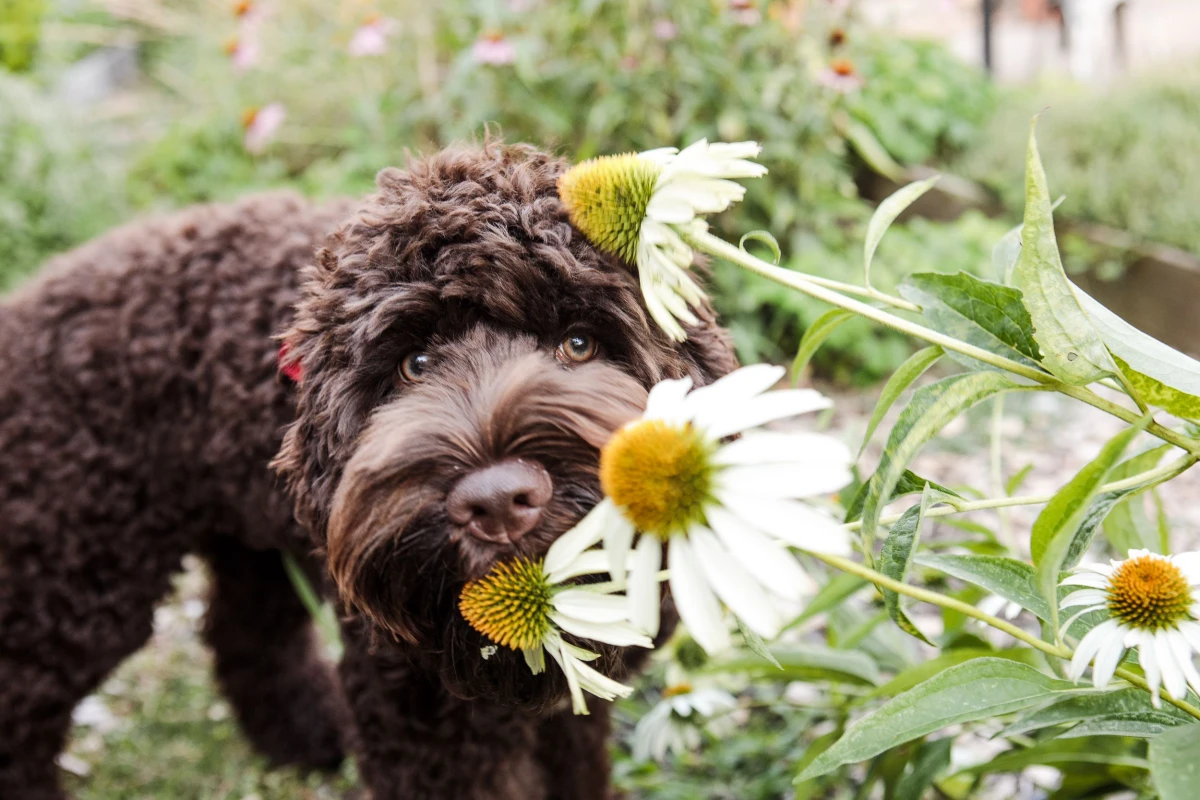
First, Why Are Some Plants So Dangerous?
To really protect your pup, it helps to understand why a plant is a problem. The toxins in plants aren’t all created equal. They affect a dog’s body in different ways, leading to a wide range of symptoms. Here are the main types you’re likely to encounter.
Heads up: A common question is, “Does size matter?” And the answer is a resounding YES. Toxicity is almost always dose-dependent. A single leaf that might only cause mild stomach upset in a Great Dane could be a huge problem for a little Chihuahua. Smaller dogs are always at a greater risk, so keep that in mind.
The “Chewing on Needles” Effect
This is probably the most common type of plant issue we see. Plants like Dumb Cane, Philodendrons, and Elephant’s Ear are packed with microscopic, needle-like crystals called calcium oxalates. When a dog chews a leaf, these tiny needles get released and embed into the soft tissues of the mouth, tongue, and throat.
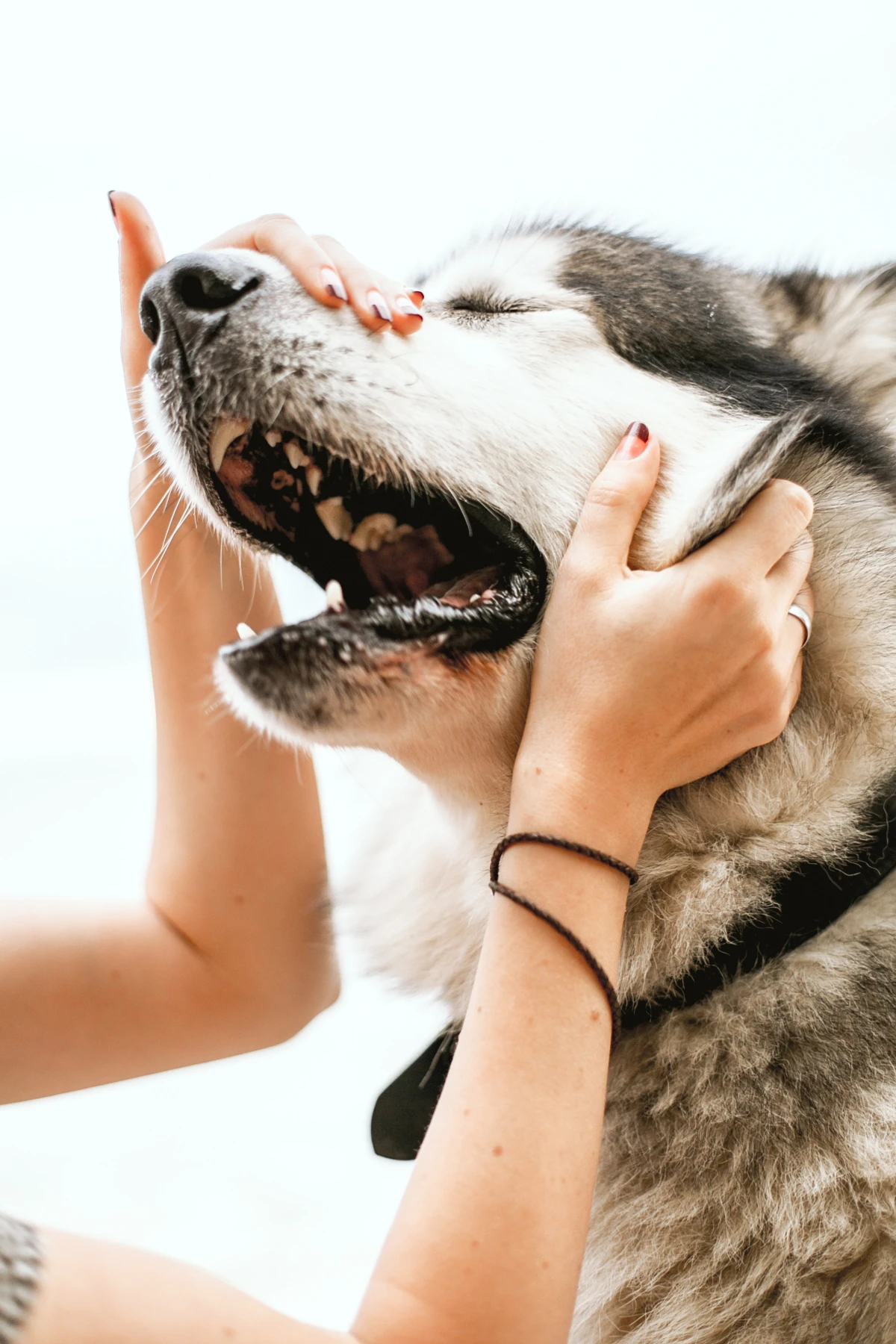
The pain is instant and intense. Seriously, imagine chewing on fiberglass. That’s why the first signs are so obvious: you’ll see your dog pawing at their face, drooling like crazy, and maybe even some swelling of the lips or tongue. The good news? It hurts so much that most dogs stop chewing almost immediately, which limits how much they actually ingest. While it’s rarely fatal, major swelling can block their airway, and that’s a true emergency.
The Heart-Stoppers
Okay, this group is far more serious. We’re talking about gorgeous plants like Foxglove, Lily of the Valley, and Oleander. These contain something called cardiac glycosides, which directly mess with the heart muscle. They disrupt the electrical signals that keep the heart beating steadily. To be frank, there is no home remedy for this. Ingestion of any part of these plants—even the water from a vase they sat in—is a five-alarm fire. You need to get to a vet immediately.

Symptoms are severe: intense vomiting, a dangerously slow or erratic heartbeat, weakness, and confusion. Every single minute counts.
The Sneaky Liver Threat: Sago Palms
If I could tell dog owners to remove one plant from their homes, this would be it. The Sago Palm is, in my professional opinion, one of the most treacherous plants you can own. Every part of it is toxic, but the seeds (or “nuts”) are packed with a poison that causes catastrophic liver failure.
What makes it so awful is the delay. A dog might chew on a seed and seem totally fine for hours, maybe even a whole day. By the time the first subtle signs of stomach upset appear, the damage is already underway. When you finally see the major warning signs—like yellowing of the gums, weakness, or black, tarry stool—the liver is already in crisis. I’ve seen cases where a dog ate just one or two seeds and didn’t make it, even with round-the-clock care. The risk is just too high.
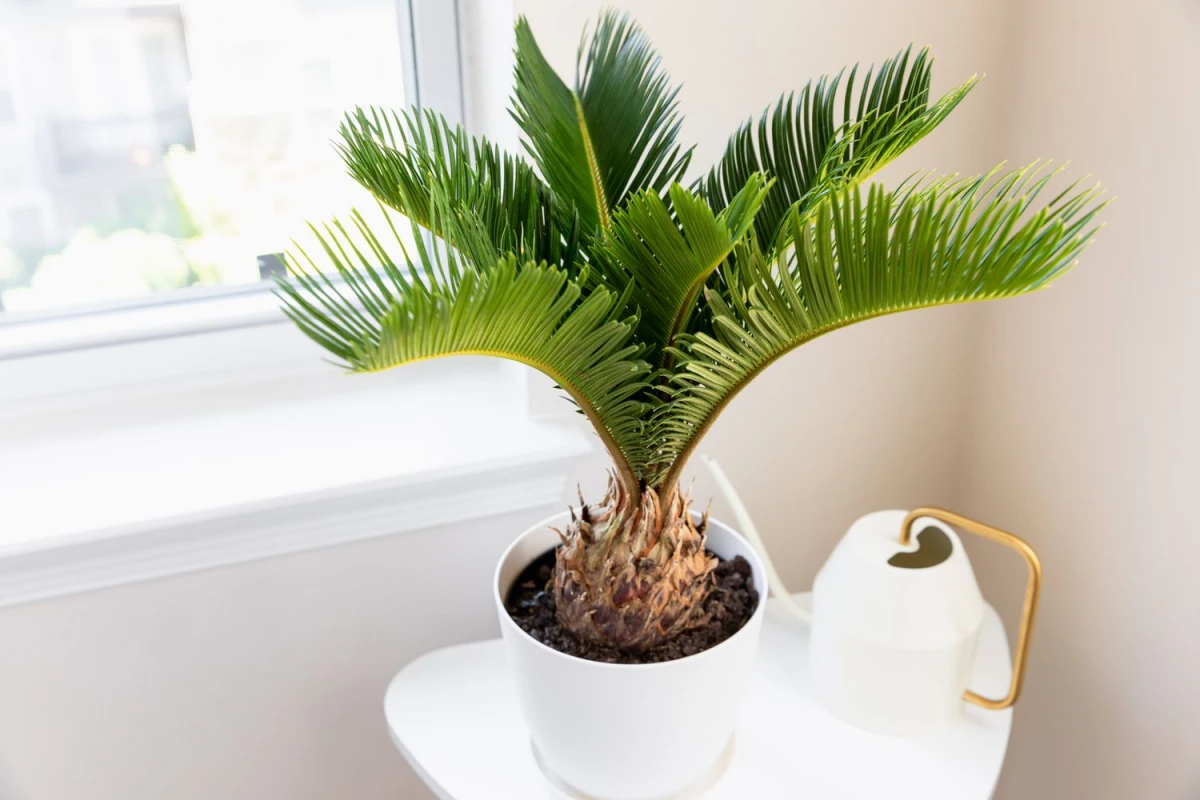
Common Plants to Watch Out For
Let’s get specific. Here are some of the popular plants, both indoors and out, that I get frantic calls about all the time.
Indoor Danger Zone
1. Sago Palm
- The Lure: They have a cool, tropical vibe and are pretty easy to care for.
- The Reality: As we just discussed, this plant is deadly. All parts are toxic—fresh, dried, leaves, seeds, everything. People sometimes use the dried fronds in arrangements, and yes, those are still dangerous.
- Watch For: Vomiting, diarrhea, and drooling at first. Later, you’ll see signs of liver failure like jaundice (yellow gums/eyes), weakness, and bruising.
- Safe Swap: Try a Parlor Palm or an Areca Palm. You can find them at most home improvement stores or garden centers, and they give you that same tropical feel without the life-threatening risk.
2. Lilies
- The Lure: They’re beautiful, classic, and often show up in bouquets.
- The Reality: Okay, let’s be precise here. True lilies (like Easter and Stargazer) are incredibly toxic to cats, causing kidney failure. For dogs, the danger is usually less severe but still very real. The ones that cause the most trouble for dogs are Peace Lilies and Calla Lilies. These aren’t “true” lilies, but they contain those awful oxalate crystals we talked about, causing intense mouth pain.
- Watch For: Pawing at the face, foaming at the mouth, drooling, and visible swelling. Your dog might not want to eat or drink because it hurts too much.
- Safe Swap: Orchids are just as elegant and are generally considered non-toxic to dogs.
3. Aloe Vera
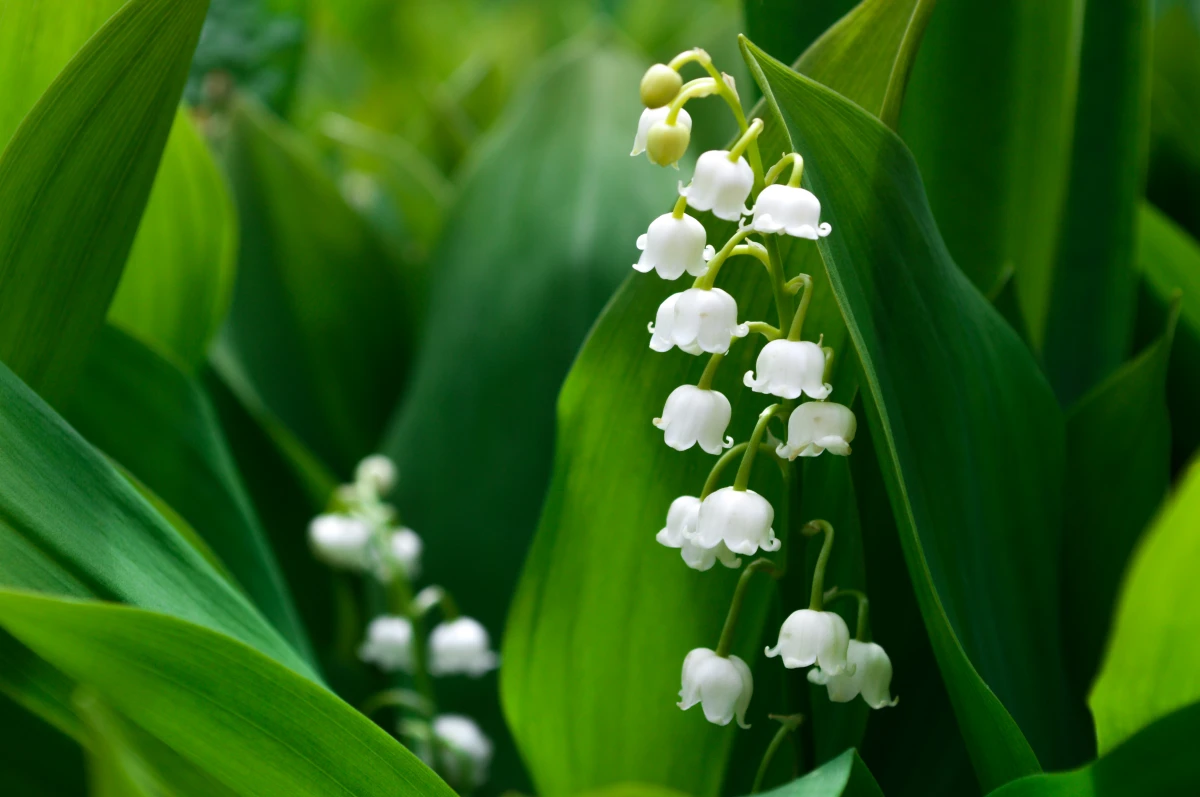
- The Lure: People love to keep it on the kitchen counter for its soothing gel.
- The Reality: While the gel inside is mostly fine, the outer skin of the leaf contains compounds that act as a strong laxative. A common mistake is when people try to treat their dog’s skin rash with a fresh aloe leaf. The dog licks it off, turning a minor skin issue into a major case of vomiting and diarrhea.
- Watch For: Vomiting, lethargy, and some pretty bad diarrhea.
- Safe Swap: For a cool succulent look without the risk, grab a Haworthia, also known as a Zebra Plant. They’re non-toxic and look super cool.
Outdoor & Garden Threats
1. Tulips and Daffodils
- The Lure: They’re gorgeous, cheerful signs of spring!
- The Reality: The whole plant is a problem, but the bulbs are the real danger zone. They contain concentrated toxins, and dogs often dig them up and chew on them. Every fall, when people are planting bulbs for the next season, we see a spike in these cases.
- Watch For: Chewing the flower or stem might just cause drooling and a little upset stomach. But chewing the bulb can lead to intense vomiting, diarrhea, and even heart and breathing changes.
- Safe Swap: Gerbera Daisies or Snapdragons give you that amazing pop of color and are safe for curious pups.
2. Azaleas and Rhododendrons
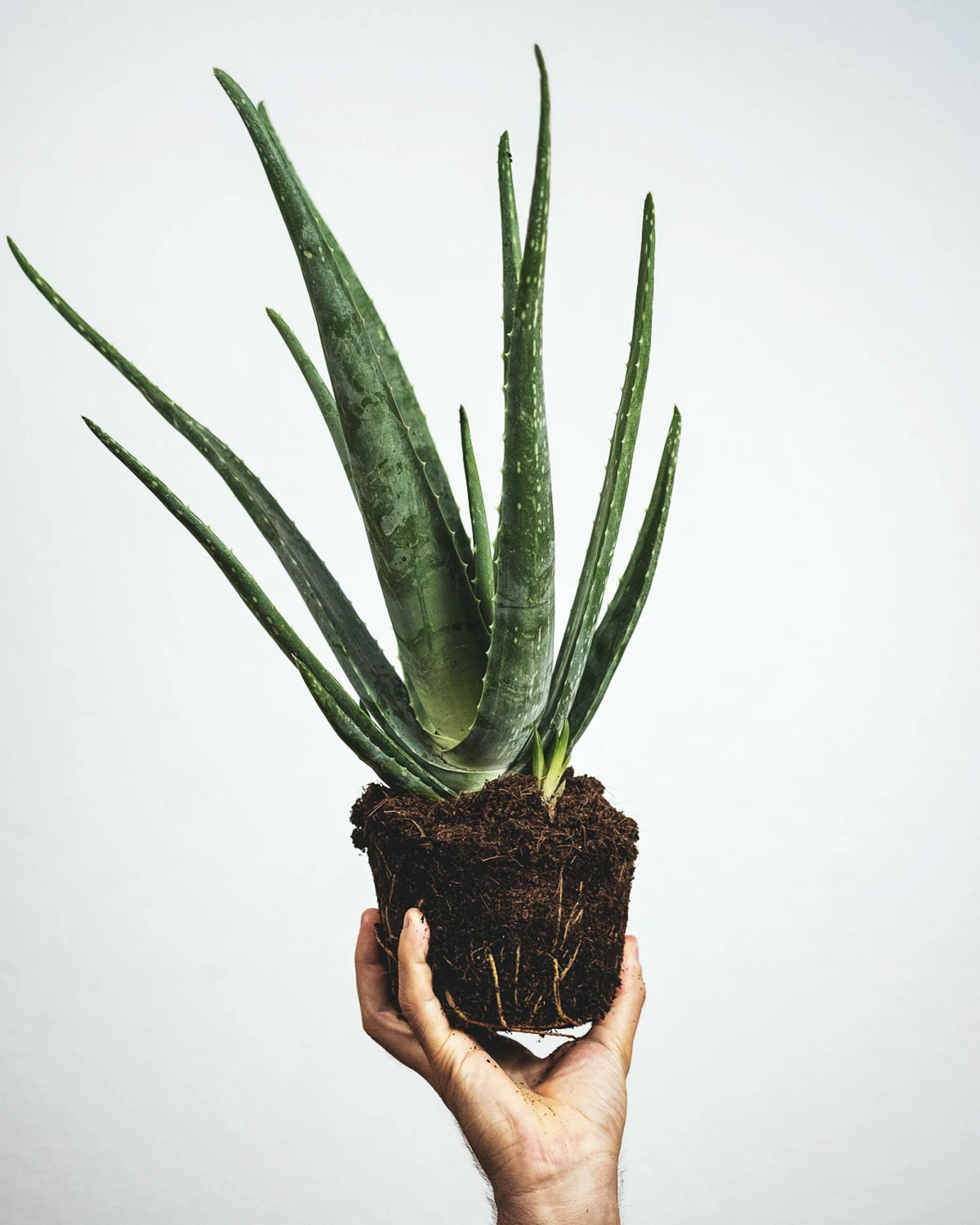
- The Lure: They’re hardy shrubs with absolutely stunning flowers, a staple in many landscapes.
- The Reality: These contain grayanotoxins, which disrupt nerve and muscle cells. Even a few leaves can cause serious issues. I once had a client whose dog just nibbled on a few flowers while on a walk. The owner called me immediately, which was the right move. We had them come in, and while the dog just needed some monitoring and fluids, it could have been much worse if they had waited. Quick action made all the difference.
- Watch For: Vomiting is usually the first sign. It can then progress to weakness, stumbling, a drop in blood pressure, and an abnormal heart rhythm.
- Safe Swap: Magnolia bushes are a gorgeous, flowering alternative that is generally considered non-toxic.
“My Dog Ate a Plant!” — Your Emergency Action Plan
Okay, take a deep breath. If you suspect your dog has eaten a toxic plant, what you do in the next few minutes is critical. Stay calm and follow these steps.
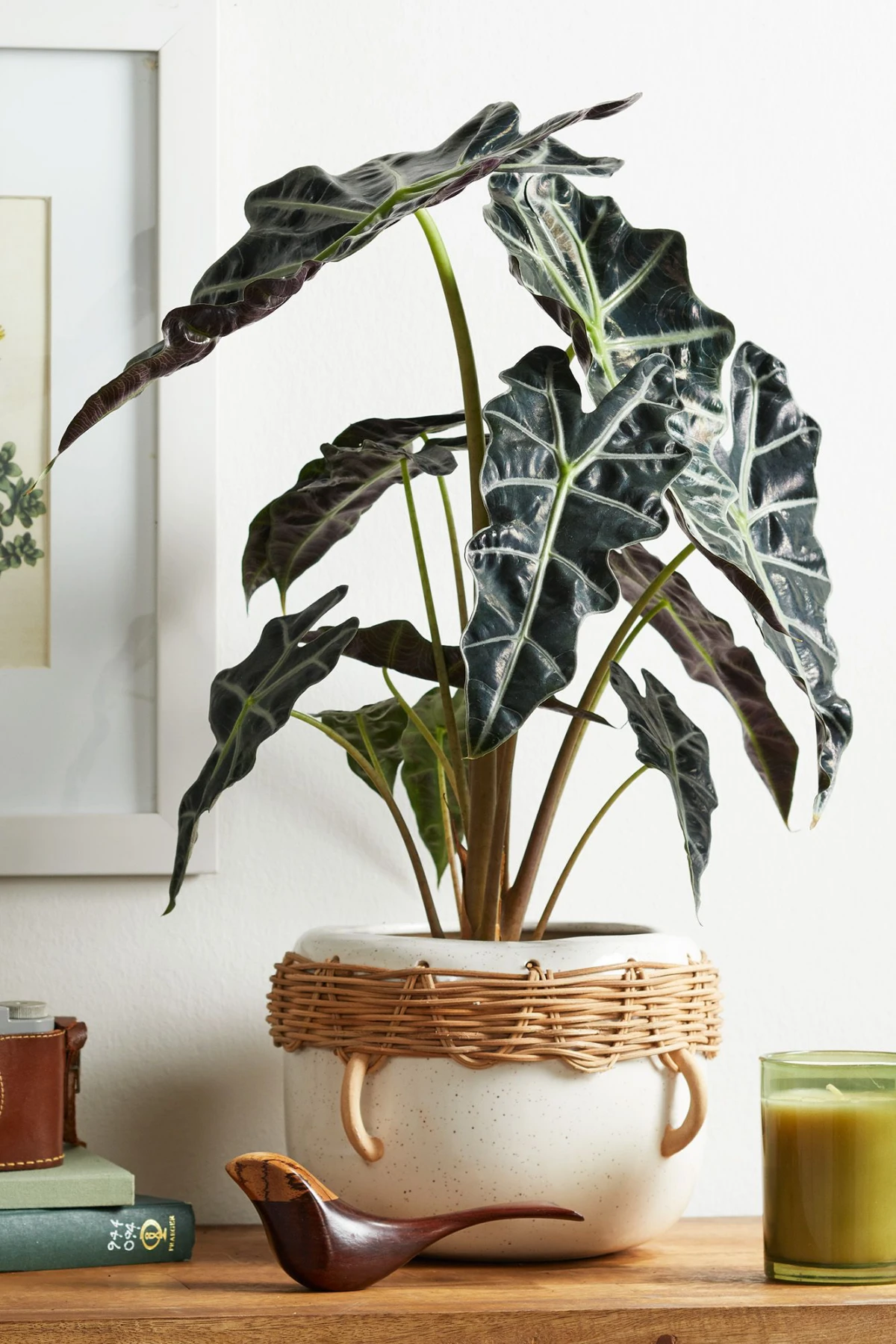
Step 1: Secure Your Dog. Immediately get your dog away from the plant. If there’s any plant material in their mouth, gently sweep it out with your finger. Don’t shove your fingers down their throat, just clear what you can see.
Step 2: Identify the Plant. This is so, so important. If you don’t know the name, snap a few clear pictures of it with your phone—the leaves, the flowers, the whole thing. If you can, snip a small piece and put it in a plastic bag to take with you.
Step 3: Call for Help Immediately. Do not waste time on internet forums. Your first call is to a pro. You have two great options:
- Your Vet or a 24/7 Animal Emergency Hospital: They know you and your pet.
- ASPCA Animal Poison Control Center: (888) 426-4435. Quick tip: Grab your phone RIGHT NOW and save this number. Seriously. Put it in your contacts under “PET POISON.” You don’t want to be searching for it while you’re in a panic. This service is staffed 24/7 by veterinary experts. There’s a consultation fee (usually around $75-$95), but it is worth every single penny.
Step 4: DO NOT Induce Vomiting Unless a Vet Tells You To. I cannot stress this enough. Some plants contain caustic substances that will burn the esophagus a second time on the way up. Also, if your dog is sleepy or having trouble breathing, they could inhale the vomit, leading to deadly pneumonia. This is a job for the pros.
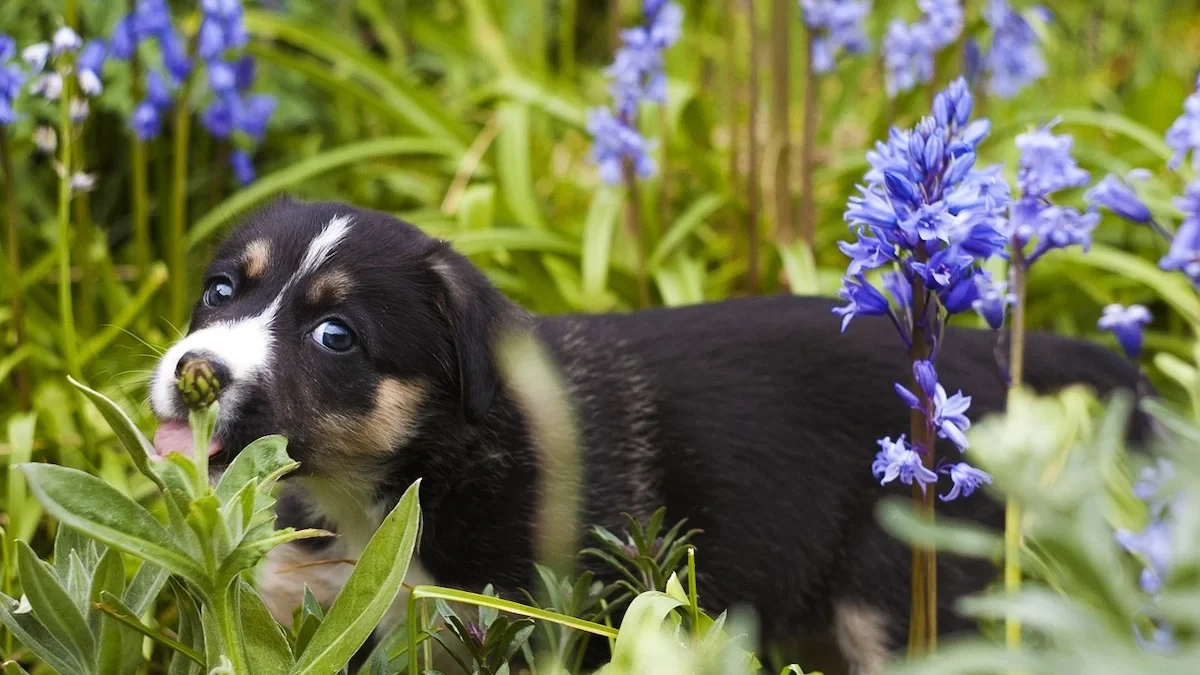
At the Vet’s Office: What to Expect (and What It Might Cost)
When you get to the clinic, the team will likely start a process called “decontamination.” This might involve giving medication to induce vomiting safely, followed by activated charcoal, which helps bind the toxins so they aren’t absorbed. IV fluids are almost always started to support the organs and flush the system.
Now for the real talk about money. An emergency visit for plant toxicity can cost anywhere from $500 for a straightforward case to several thousand dollars for a situation that requires a multi-day hospital stay with intensive monitoring. It can be a massive shock if you’re not prepared. By the way, this is one of those moments you will be incredibly thankful you have pet insurance. The peace of mind of being able to say “do whatever it takes” without staring at your bank account is priceless.
Let’s Bust a Few Myths
I hear these all the time, and they’re dangerously wrong. Let’s clear them up.
- Myth: “My dog will instinctively know not to eat it.” Nope. Dogs, especially puppies, explore the world with their mouths. They have no built-in sense of what’s poisonous.
- Myth: “They only ate a tiny bit, they’ll be fine.” As we’ve discussed, for highly toxic plants like Sago Palm or Oleander, a “tiny bit” can be a lethal dose. Never assume.
- Myth: “If it’s organic or natural, it must be safe.” Foxglove is 100% organic and natural. It can also stop a heart. This is one of the most dangerous myths out there.
Your 15-Minute Dog-Safe Home Audit
Feeling a little overwhelmed? Don’t be. You can make your home safer in less time than it takes to watch a sitcom. Here’s a quick, actionable checklist:
1. Walk through your home and yard. Take a picture of every single plant you own.
2. Use an app to identify them. Something like Google Lens or a plant identification app can help you name the mystery plant in the corner.
3. Check your list against a reliable source. The best one out there is the ASPCA’s toxic plant database. Just search for it online. Be honest with yourself—if you have a highly toxic plant, the safest thing to do is re-home it with a friend who doesn’t have pets.
A final word of caution: don’t forget about your compost pile! It can contain molding food that produces nasty toxins, not to mention discarded trimmings from poisonous yard plants. Make sure it’s securely fenced off.
Being a dog owner is one of life’s greatest joys. By being prepared instead of paranoid, you can make sure you and your furry friend can safely enjoy the beauty of your home and garden for years to come.
Disclaimer: This article is for informational purposes only and is not a substitute for professional veterinary advice. If you think your pet has eaten something poisonous, contact your veterinarian or the ASPCA Animal Poison Control Center right away.










